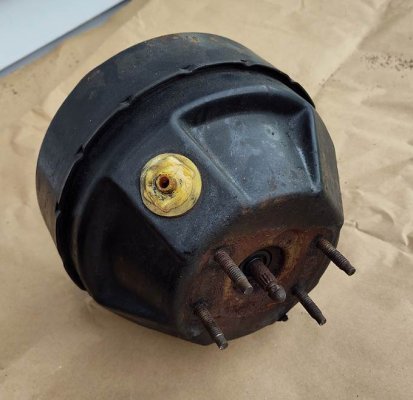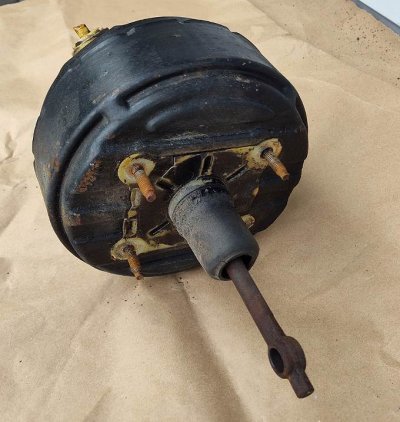The brakes on my 1963 300 Pacesetter were virtually non-operational. It has "power" brakes." (Scare quotes are deliberate...) Four drums, single pot master cylinder. Oh **** braking performance. So, I replaced the master cylinder, all the flexible hoses, the wheel cylinders and the brake shoes. Bled the system unit my knuckles bled. The pedal is firm. Still, when stepping on the brakes, the car responds, "Did you want something from me?"
When looking to change to disc brakes, much research and several calls came up either empty or unhelpful. "Your 1963 is an odd-ball year. Send us your spindles and we'll see what we can do."
Well, that ain't happening.
So, I throw this out to you. Is it possible that the drum brakes be made operational? Did I miss something? Did I get an undersized or defective master cylinder? Or the wrong wheel cylinders? I don't think so, but this is making me doubt everything.
Is a disc brake/dual master cylinder option even available? I don't have confidence in what is being "sold" to me.
I appreciate any help, comments, or empathy from this group of fellow MOPAR masochists. Sorry, I meant, "enthusiasts."
Thanks for any help,
Fwd Look Fan
View attachment 659752



















